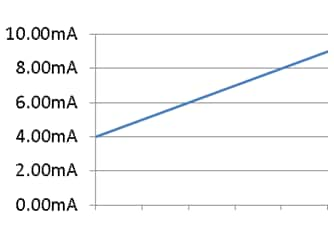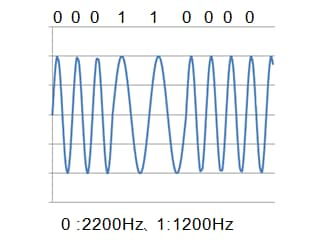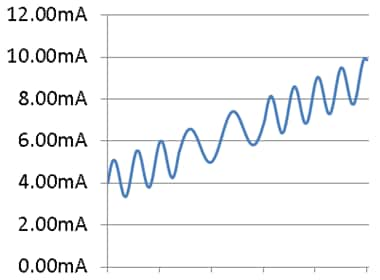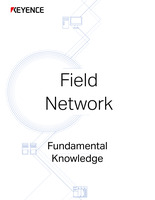HART
This section explains HART.
Overview
HART is an open network developed by an American company, Rosemount Inc., in 1988. Now, it is managed by the HART Communication Foundation.
Wiring Method and Communication Protocol
Wiring method
Two wires are used for this communication network. When a 4-20 mA analog signal is sent, a digital signal is superimposed on it. Nodes that received the signals use the digital signal separated from the analog signal. The transmission rate of digital signals is 1200 Hz when the bit is turned ON and 2200 Hz when the bit is turned OFF, which are not very fast. One-to-one wiring is basically recommended, but this network also supports multidrop connection with multiple devices.
Analog signal

Digital signal



Communication protocol
With the HART communication protocol, communication is performed when the master sends a command instruction and a slave sends back a response.
Characteristics
The HART communication standard supports the master/slave method. The communication standard has been updated to Revision 7, which supports burst message communication where each slave sends a message to the master when its status changes.
Master/slave method
Data is sent and received using a digital signal superimposed on an analog signal. To read the digital signal, the master and slaves need to separate it from the analog signal.
Burst message communication
This function automatically sends a message when a slave has a value exceeding a threshold or an error occurs.
HART communication is slow, with transmission rates of just 2200 Hz when the bit is turned OFF and 1200 Hz when the bit is turned ON. It is mainly used for wiring checks, output calibration, and similar purposes via a network, instead of large-volume data communication. In large-scale facilities, such as plants, a HART network can be used to reduce the amount of checking work when devices are located away from controllers.
- Company, product, and network names mentioned on this page are either trademarks or registered trademarks of their respective companies.
- Note that some information, such as applicable standards and specifications, may have changed since this page was published.
November 2015






